What to Pack in a Preschool Backpack: Essential Items for a Successful Start
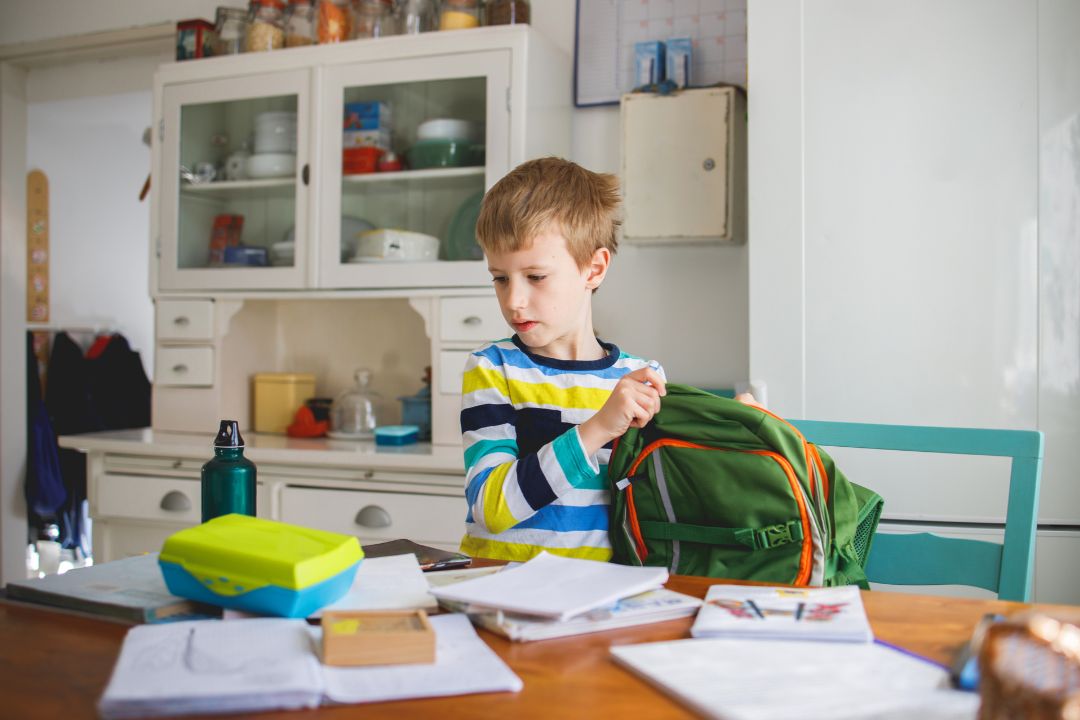
Preschool backpack essentials include a change of clothes, a water bottle, snacks, and a labeled folder with necessary documents. Heading off to preschool is an exciting milestone for both children and parents.
As they embark on this new adventure, one of the essential tasks is packing their backpack. Whether it’s their first day or they’re already seasoned preschoolers, having a well-prepared backpack is crucial. We will explore the necessary items to pack in a preschool backpack to ensure your child is equipped for a successful day of learning, socializing, and fun.
From spare clothes to a water bottle, snacks, and important documents, we’ll cover everything you need to know to pack their bag effectively. So, let’s get started and make sure your little one is ready for their preschool journey.
Preparing A Preschool Backpack
When it comes to preparing a preschool backpack, selecting the right one is key to ensuring your child is well-equipped for their daily adventures. The perfect backpack not only holds all their essentials but also provides comfort and functionality. In this section, we’ll discuss some essential tips, considerations, and ways to balance functionality and comfort to help you choose the ideal backpack for your little one.
Tips For Selecting The Right Backpack
Choosing the right backpack for your child involves more than just picking their favorite cartoon character. Consider these tips to ensure you make the right choice:
- Size matters: Select a backpack that is proportionate to your child’s size. It should be big enough to accommodate their essentials and supplies, but not too large that it overwhelms them.
- Durable and lightweight materials: Look for backpacks made from sturdy materials that can withstand the rough and tumble of preschool life. Lightweight materials will prevent unnecessary strain on your child’s back and shoulders.
- Multiple compartments: Opt for a backpack with multiple compartments to help organize and categorize different items effectively. This will make it easier for your child to find what they need without emptying the entire bag.
- Adjustable straps: Ensure the backpack has adjustable straps that can be tailored to your child’s height and comfort. This will help distribute the weight evenly and prevent strain on their shoulders and back.
- Reflective features: Safety should always be a priority. Look for backpacks with reflective features such as strips or patches, especially if your child will be walking to and from preschool.

Considering Your Child’s Needs
When selecting a backpack, it’s important to consider your child’s specific needs and preferences. Keep these factors in mind:
- Favorite colors or designs: Let your child have some input in choosing their backpack. By selecting a design or color they love, they’ll feel more excited and motivated to use it.
- Easy accessibility: Consider a backpack with accessible pockets for quick and easy access to items like snacks, water bottles, or a favorite small toy.
- Extra storage: If your child requires extra items for preschool, such as a change of clothes or special equipment, look for a backpack with extra compartments or expandable features.
Balancing Functionality And Comfort
Functionality and comfort should go hand in hand when choosing a preschool backpack. Finding the right balance ensures your child can carry their belongings comfortably while having everything they need within reach:
- Padded straps and back panel: Backpacks with padded straps and a cushioned back panel provide comfort by reducing pressure on your child’s shoulders and back.
- Breathable materials: Look for backpacks made from breathable materials that allow air circulation, preventing excess sweat and discomfort.
- Proper weight distribution: Teach your child to pack their backpack correctly, distributing weight evenly across different compartments to avoid strain on their back.
- Test it out: Before finalizing a backpack choice, have your child try it on and walk around with it to ensure it feels comfortable and fits correctly.
Essentials For Learning And Play
When it comes to packing a preschool backpack, it’s important to consider items that promote both learning and play. While every child has their own unique needs and preferences, there are a few essentials that you should include to ensure your little one has engaging and educational activities to enjoy throughout the day. In this section, we will explore the must-haves for a preschool backpack that encourage the development of important skills such as writing, drawing, reading, and problem-solving.
Writing And Drawing Utensils
A set of writing and drawing utensils is a must-have for any preschool backpack. Encourage your child’s creativity and fine motor skills by including crayons, colored pencils, and washable markers. These tools provide endless opportunities for drawing pictures, practicing their letters, and creating colorful masterpieces. Remember to choose age-appropriate utensils that are easy for small hands to grip, allowing your child to unleash their imagination.
Notebook Or Sketchpad
Don’t forget to include a notebook or sketchpad in your preschooler’s backpack. This simple addition provides a space for your child to practice writing their name, draw shapes, or jot down any creative ideas that come to mind. Whether it’s a blank page waiting to be filled or a themed notebook that sparks imagination, having a designated space for expression opens up a world of possibilities for your child’s learning and playtime.
Educational Workbooks And Activity Sheets
Integrate learning into your child’s playtime by including educational workbooks and activity sheets in their backpack. Look for age-appropriate materials that cover a range of skills, including counting, colors, shapes, and more. These resources engage your child’s cognitive abilities while making learning fun. Whether it’s connecting the dots to reveal a hidden picture or completing puzzles and mazes, these activities encourage problem-solving, critical thinking, and boost overall learning.
Age-appropriate Reading Books
No preschool backpack is complete without a selection of age-appropriate reading books. Choose books that are engaging, colorful, and filled with captivating stories that capture your child’s attention. Reading books together not only strengthens the parent-child bond but also helps develop early literacy skills, vocabulary, and comprehension. It’s worth considering a mix of fiction and non-fiction books to expose your child to different genres and subjects, stimulating their curiosity and expanding their knowledge.
What To Pack For Nutrition
Packing a nutritious backpack for your preschooler is essential for their health, well-being, and overall development. The right combination of food and drinks can provide them with the energy and nutrients they need to thrive throughout their day at preschool. Here’s what you need to consider when it comes to packing for nutrition.
Spill-proof Water Bottle
A spill-proof water bottle is an absolute must-have for your child’s preschool backpack. Staying hydrated is important for their health and cognitive function. Opt for a water bottle that is leak-proof, easy for little hands to handle, and made from non-toxic materials. Remember to fill it up with fresh water every day and encourage your child to take sips regularly throughout the day.
Healthy Snack Options
When it comes to packing snacks for your preschooler, prioritize healthy options that provide a good balance of nutrients. These snacks should be easy to eat, mess-free, and appealing to your child’s taste buds. Here are some ideas:
- Fresh fruits such as apple slices, grapes, or mandarin oranges.
- Vegetable sticks like carrot or celery, paired with a tasty dip like hummus or yogurt.
- Whole-grain crackers or rice cakes with a nut butter spread.
- Mixed nuts or seeds for a protein-packed crunch.
These nutritious snacks will keep your child satisfied and energized throughout their preschool day.
Lunchbox Packing Ideas
When packing a lunchbox for your preschooler, aim for a well-balanced meal that includes a variety of food groups. Here’s a simple guide to help you:
| Food Group | Examples |
|---|---|
| Protein |
|
| Grains |
|
| Fruits and Vegetables |
|
| Dairy |
|
Remember to pack smaller portions appropriate for your child’s age and appetite, and choose fresh and wholesome ingredients whenever possible.
Allergy And Dietary Considerations
It’s important to take into account any allergies or dietary considerations your child may have when packing their preschool backpack. If your child has allergies, avoid including any food items that may trigger a reaction. If they follow a specific dietary restriction, make sure their snacks and lunches align with those guidelines. Communicate with your child’s preschool staff to ensure they are aware of any necessary accommodations and to coordinate a safe environment for your child.
By carefully considering what to pack for nutrition in your preschooler’s backpack, you’ll be setting them up for a healthy and successful day at preschool.
Safety And Hygiene Supplies
When it comes to packing a preschool backpack, safety and hygiene supplies play a crucial role. In today’s world, it’s vital to prioritize the health and well-being of our little ones, especially when they’re out and about. By including essential items like travel-sized hand sanitizer, disposable or cloth face masks, alcohol-free wet wipes, and a small first aid kit, you can ensure that your child stays safe and protected throughout their day.
Travel-sized Hand Sanitizer
Amidst the current global situation, maintaining hand hygiene is more important than ever. Including a travel-sized hand sanitizer in your child’s preschool backpack can help them keep their hands clean, even when access to soap and water is limited. Whether they’re playing with friends or exploring the world around them, a small bottle of hand sanitizer packed in their bag ensures they can sanitize their hands whenever necessary. Remember to choose a sanitizer with at least 60% alcohol for optimal effectiveness.
Disposable Or Cloth Face Masks
As we navigate through these challenging times, face masks have become an integral part of our everyday lives. Packing a few disposable or cloth face masks in your child’s preschool backpack ensures that they are ready to follow safety guidelines wherever they go. Whether it’s during drop-off and pick-up, interacting with peers, or engaging in activities, masks provide an additional layer of protection. Make sure the masks fit properly and are comfortable for prolonged wear, allowing your child to breathe easily.
Alcohol-free Wet Wipes
Accidents and spills are bound to happen, but being prepared for them can make all the difference. Alcohol-free wet wipes are a practical addition to your child’s backpack, allowing you to quickly clean up messes and keep their belongings and hands germ-free. Whether it’s wiping down surfaces, cleaning their hands, or freshening up, these gentle and convenient wipes are indispensable. Opting for alcohol-free wipes ensures they are gentle on the skin and safe for frequent use.
A Small First Aid Kit
Minor cuts, scratches, and bumps are part of a child’s active life. Having a small first aid kit handy in your child’s backpack ensures you are prepared to take care of any small emergencies that may arise. Include essentials such as adhesive bandages, antiseptic wipes, tweezers, and gauze pads. This way, you can quickly tend to any minor injuries and provide comfort to your child until they can receive proper medical attention.
Personalizing Your Child’s Experience
When it comes to preparing your child for preschool, personalizing their experience is essential. By packing their preschool backpack with items that are familiar and comforting, you can help ease any anxieties they may have about starting school. In this section, we’ll explore some ideas for personalizing your child’s preschool backpack, ensuring they have everything they need for a successful start.
A Favorite Toy Or Comfort Item
One of the easiest ways to personalize your child’s preschool experience is by including their favorite toy or comfort item in their backpack. This could be a stuffed animal, a small action figure, or even a special blanket. Having something familiar from home can provide them with a sense of security in their new environment.
Extra Clothing For Spills Or Accidents
Accidents happen, especially when children are busy exploring and learning. That’s why it’s important to pack some extra clothing in your child’s preschool backpack. Include a clean pair of pants, a shirt, socks, and underwear, so they are prepared for any spills or accidents that may occur. Remember to pack clothes that are easy for your child to put on and take off independently.
Name Tags And Labels For Belongings
To help keep track of your child’s belongings, it’s a good idea to use name tags and labels. Labeling their backpack, lunchbox, and water bottle with their name can prevent mix-ups and ensure that their belongings are easily identifiable. Additionally, consider adding a personal touch by allowing your child to decorate their name tags and labels with stickers or markers.
- Include your child’s favorite toy or comfort item in their preschool backpack
- Pack extra clothing for spills or accidents
- Use name tags and labels to identify your child’s belongings

Frequently Asked Questions On What To Pack In A Preschool Backpack
What Should Kids Pack For Preschool?
Kids should pack their own backpacks for preschool, including a change of clothes, snacks, a water bottle, a hat, and any necessary medications. It’s important to label everything with their name to avoid mix-ups.
What Do You Put In A Daycare Backpack?
A daycare backpack typically includes essential items like a change of clothes, diapers or pull-ups, wipes, snacks, a water bottle, and a favorite toy or comfort item.
Do Kids Need A Backpack For Preschool?
Yes, kids need a backpack for preschool to carry their belongings. It helps them stay organized and learn responsibility. A backpack should be lightweight, durable, and appropriately sized for their small frames. It also encourages independence and prepares them for future academic years.
What Do Preschoolers Take To School?
Preschoolers typically take essential items like a backpack, lunchbox, water bottle, and a change of clothes to school.
Conclusion
Packing a preschool backpack requires thoughtful consideration of essentials that cater to a child’s daily needs and promote their learning and development. From a change of clothes, snacks, and drinking bottles to books, art supplies, and extra batteries, each item plays a vital role in ensuring a smooth and engaging preschool experience.
By following these guidelines, parents can confidently prepare their child for a successful day ahead.

With over 20 years of experience in early childhood education, Jane brings a wealth of knowledge to Classroom Journey. She specializes in play-based learning and has a passion for inclusive education.

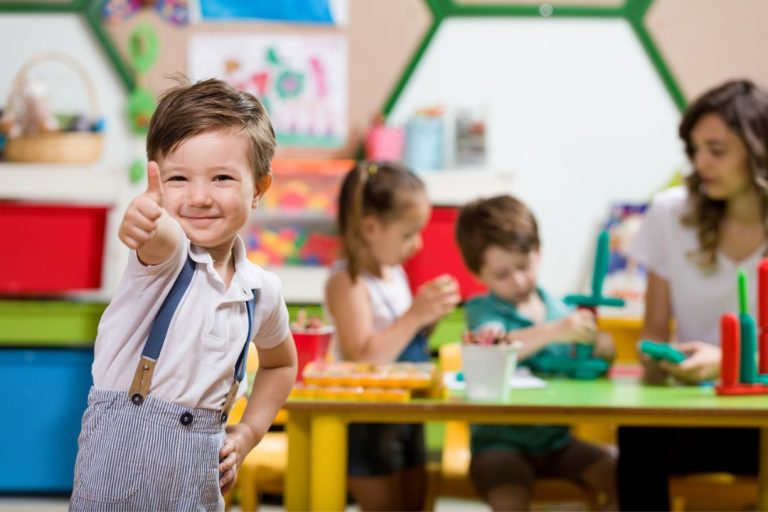
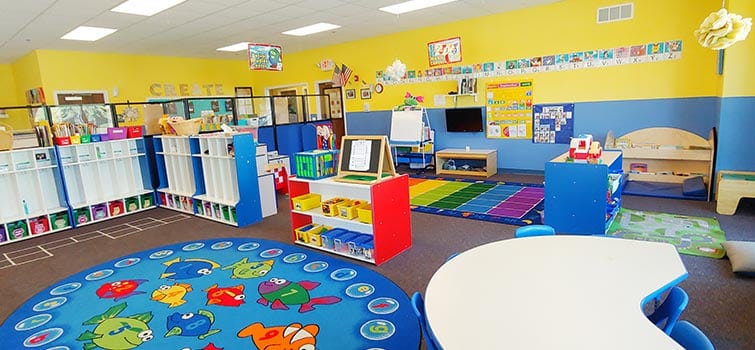


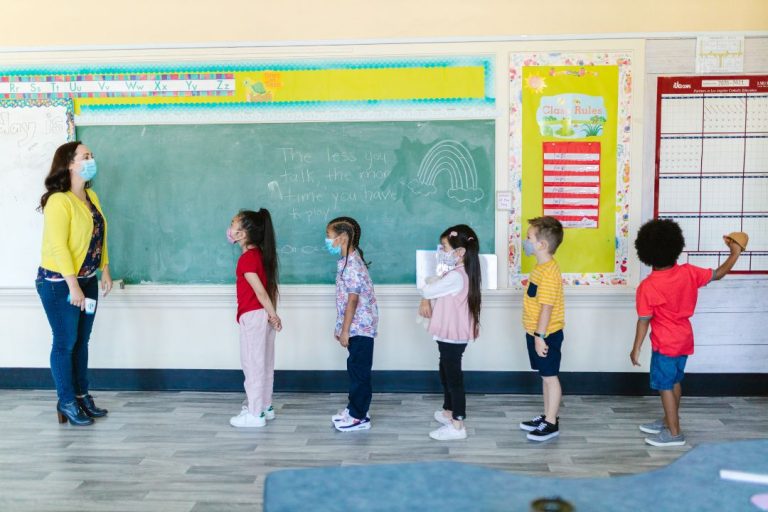
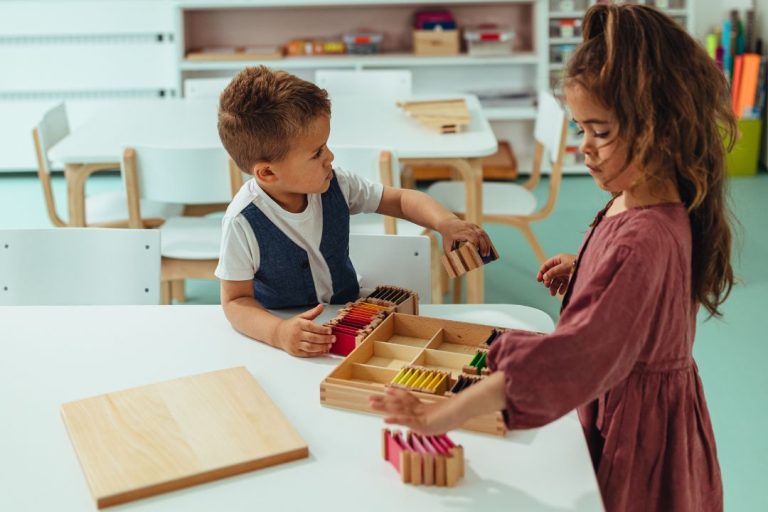
3 Comments